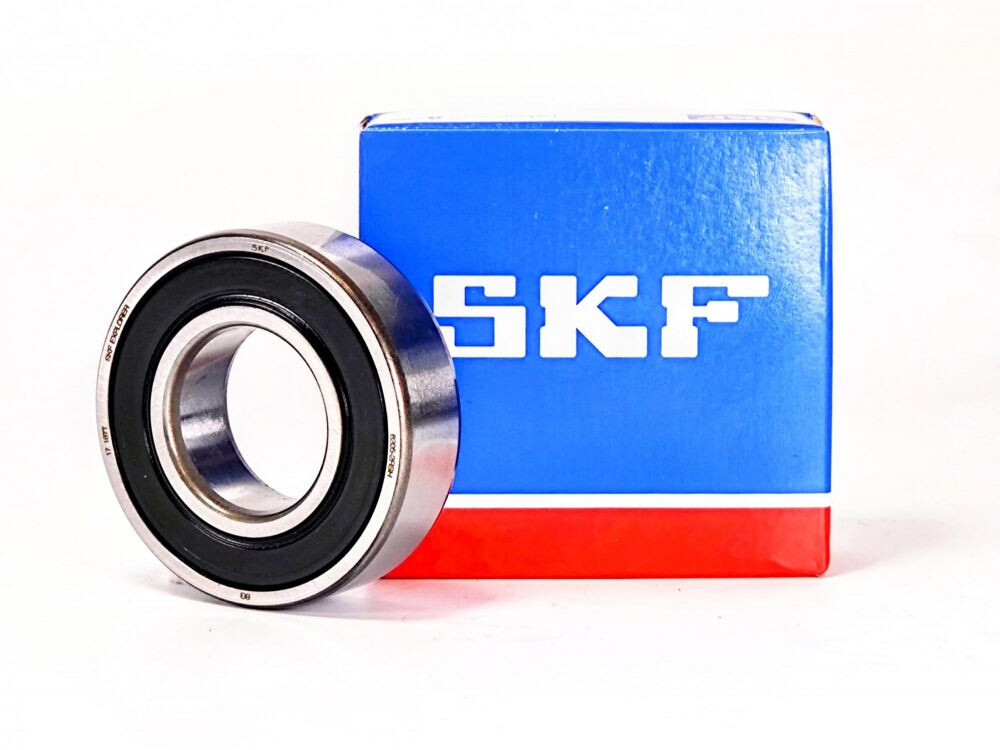7 Easy Facts About Volution Bearing Described
Self-aligning cylindrical roller bearings can additionally suit some imbalance these bearings. These special bearing kinds can fit misalignments from 1.0 to 1.5.
Area heights and capabilities raise appropriately. Section elevation is just the radial dimension in between a bearing's birthed and its outdoors diameter, right into which should be fitted an internal race, spheres or rollers, and an external race. An effectively designed birthing equilibriums the thicknesses of the 2 races with the rolling aspect size in order to optimize Dynamic Ability without dramatically minimizing the structural stamina of the races.
A Biased View of Volution Bearing
As a whole, for a bearing to properly operate, the inner and external races must be effectively supported by the shaft and housing. Nevertheless, the nature of the layout of some sorts of equipment does not constantly permit this. As discussed in the misalignment section, often substantial shaft deflection can take place causing misalignment.
All of these impacts tend to reduce the academic life of the bearing, yet with correct analysis and special inner style, this reduction can be reduced. Most bearing systems use 2 or three bearings in order to support a shaft under radial and drive tons. The number of bearings depends on whether one bearing is likewise capable of taking a drive tons.
When there is a substantial range between two support bearings, differences in thermal growth in between the shaft and the real estate require that one bearing be the locating or thrust bearing and the various other be a "float" bearing. Likewise, a stack-up of axial tolerances in between the two birthing places needs to have one birthing "float" axially to ensure that a parasitic drive tons is not developed.
Fascination About Volution Bearing
Axial float is quickly suited by the oiled rollers moving on the straight roller course. If an additional sort of bearing is used, such as a deep groove sphere bearing, double row angular call bearing, TDO tapered roller bearing or spherical roller bearing, the typical method is to allow the external races of these bearings to slide in the housing birthed.
The world of design and machinery entirely depends upon different technical items, but bearings hold an unique place in all. They are little parts that play a vital function in allowing smooth controlled movement, decreasing rubbing, and guaranteeing reliable energy transfer. And also, not all the bearings are equivalent, they are dispersed according to sizes and shape.

According to records. https://experiment.com/users/volutionbearings, the world exports of the ball-bearing market exceeded $13. manufacturing.7 billion from US$ 2.81 Bn. The worldwide ball-bearing market size is approximated to expand at a CAGR of 8.32%. In this thorough guide, we will certainly discover the essential factors to browse while selecting round bearings, comprehend the qualities of quality bearings, and dig right into the process of researching and picking a trustworthy maker.
The device of ball-bearing is based on the concept of rolling activity. It decreases rubbing between moving components. They include internal and external races, spheres, and cages to keep ball splitting up. Round bearings are developed in such a means, that it allows effective lots circulation and smooth rotation. The motion of equipment components is benefited by sphere bearings.
The Ultimate Guide To Volution Bearing
Various types of bearings serve different applications. my sources Some of the usual variants are sphere bearings, thrust ball bearings, angular call round bearings, and deep groove sphere bearings.
They are specialized moving element bearings developed to handle both radial and axial lots, as they have their external and inner rings tapered. Known as sleeve bearings or bushings, they are bearings that run on the principle of sliding activity even more than rolling aspects. They are a kind of rolling bearing made to provide reliable support for radial loads that permit rotational motion.

Comments on “The Only Guide for Volution Bearing”